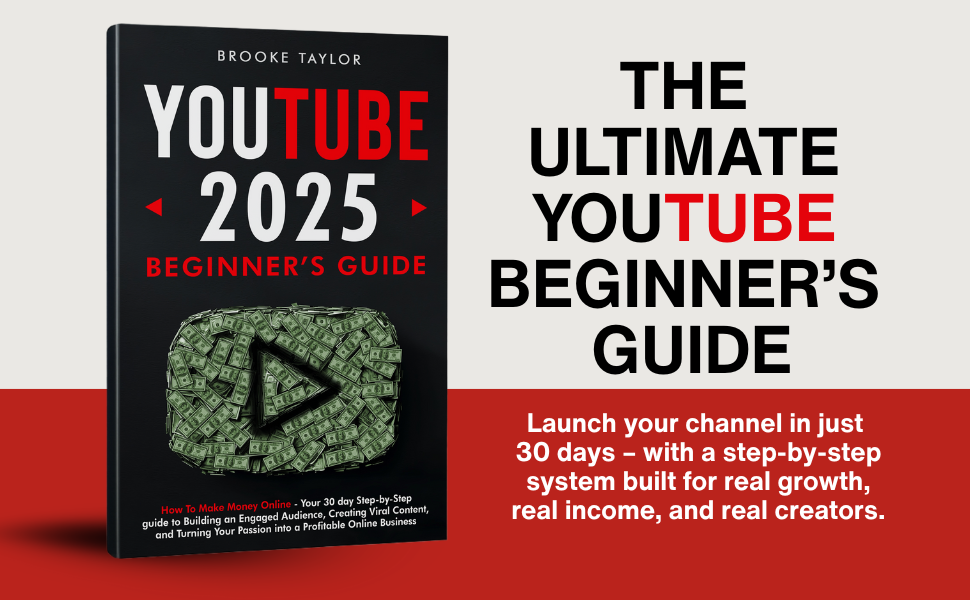How to Build a Paid Membership Community on Skool (Step-by-Step)
If you’ve been thinking about building a paid membership community but feel overwhelmed by the tech, I get it. I was there too. I didn’t want to deal with complicated setups, third-party plugins, or managing multiple platforms just to run a simple community. That’s when I found Skool — and everything changed. In this post, I’ll walk you through exactly how I built a paid membership group on Skool step-by-step, even with no tech background.

Table of Contents
Why Skool for Paid Memberships?
Before diving into the how, let me explain why I chose Skool. Most platforms focus on either community or courses, but not both. Skool combines both seamlessly — and the best part is that it’s clean, distraction-free, and easy to use. No more juggling Facebook Groups, Zoom links, course portals, and Stripe dashboards. With Skool, everything’s in one place. It also lets you charge for access, making it perfect for monetizing your knowledge and community.
Step 1: Sign Up and Explore the Dashboard
To get started, I signed up through this link: Join Skool. The process took less than five minutes. Once inside, the dashboard is very straightforward. You can create your group, name it, add your banner, and set up your welcome message right away. This simplicity is what made me stick with Skool — I didn’t feel like I needed a course just to figure out how to use it.
Step 2: Create Your Free or Paid Group
Skool gives you the option to create either a free or paid community. For paid memberships, just click “Create Group” and select the paid option. From there, you connect your Stripe account — it’s built-in. I didn’t have to use external payment processors or build landing pages elsewhere. Skool handles all of it, including payment collection and membership access.
Step 3: Set Up Your Classroom
Once the group is created, I started uploading my content into the “Classroom” tab. This is where you host your online courses or premium training content. I simply recorded a few videos, added them as modules, and organized them by topic. You can include videos, PDFs, assignments, and more. What I love here is that your paid members can go through the content while engaging in your community at the same time.
Step 4: Customize Access and Pricing
One of the best features is the ability to control who sees what. You can create multiple levels of content or access — for example, I have one group for $27/month and another premium one for $97/month. It’s all handled through Skool’s native integration with Stripe. This means I don’t need plugins, paywalls, or additional software to manage subscriptions.
Step 5: Grow Your Community with Simplicity
Unlike platforms that require constant marketing funnels, Skool lets your community and content sell themselves. I invited a few people manually, they loved the format, and before I knew it, they were inviting others. Skool has gamification tools built-in too, like points and leaderboards, which keep people active and engaged without much effort on your part.
Step 6: Host Events and Live Calls
Inside your group, you can schedule live calls, coaching sessions, or Zoom workshops. There’s a dedicated calendar tab where you can set times, add descriptions, and it automatically notifies your members. I use this to host weekly group coaching calls, Q&As, and check-ins. The fact that I can do all of this without paying for other scheduling tools makes a big difference.
Step 7: Use the Feed to Stay Connected
The “Community” feed inside Skool is where all the magic happens. Members post questions, wins, updates, and feedback. I try to stay active here because engagement is what drives retention. When people feel seen and supported, they don’t cancel. That’s the power of a good membership community — and Skool makes it easy to manage without burnout.
Step 8: Promote Your Group with Affiliate Links and Testimonials
Once your group is live, start promoting it on social media, YouTube, blogs, and emails. I built a simple funnel using nothing but Skool and a few content pieces. Since Skool also has a generous 40% affiliate program, I even earn passively by referring others. If you want to try it out yourself, you can sign up here: Start with Skool
Step 9: Deliver Results and Build Retention
To keep people subscribed, focus on delivering value. I personally upload content weekly, check in with my members often, and celebrate their wins inside the group. The more you make it about them, the more loyal they become. That’s the secret behind successful paid communities — give more than what people expect, and they’ll stay for months, even years.
Step 10: Review and Improve Weekly
Each week, I take time to review what’s working and what’s not. Skool gives me access to member activity and engagement stats, so I know what content hits hardest. I then improve my courses, post new discussions, or update my live call schedule. This kind of feedback loop helps me refine my community and make it more valuable over time.
Final Thoughts
Building a paid membership site used to feel like an overwhelming project. But once I switched to Skool, everything got easier. From setup to payments to community management, it’s all built into one platform — and it just works. If you’ve been on the fence or thinking about launching your own space, I recommend starting with Skool. It’s simple, scalable, and effective.
Want help getting started? You can try Skool here using my referral link:
Click Here to Join Skool
Let me know if you’d like this formatted for WordPress, or if you want help building your next blog post in this series.
Another thing that made a big difference for me was how fast I could launch. I didn’t have to spend weeks setting up different tools or hiring a developer to connect my payment gateway. Skool is plug-and-play. I literally had my first paying members within 48 hours of setting everything up. That kind of speed matters when you’re running a business or building something on your own.
One mistake I used to make with other platforms was trying to “wow” people with design and tech. But what I learned through Skool is that simplicity converts. People don’t want clutter — they want a clean experience where they can learn, connect, and grow. That’s exactly what Skool offers, and my members appreciate that it’s distraction-free.
The built-in leaderboard and points system is another underrated feature that helps keep your group alive. Every time someone engages, comments, or completes content, they earn points. This motivates people to stay active, and it turns your group into something fun. I didn’t have to create challenges or reminders — Skool did the heavy lifting with gamification.
When it comes to community building, trust is everything. I’ve found that having one space where people can learn and interact creates deeper trust than hosting courses in one place and the community somewhere else. With Skool, everything is under one roof, which creates a more connected experience. That directly impacts how long people stay subscribed.
I’ve also experimented with free trials and lower-priced tiers inside Skool. It works really well if you want to bring people in without friction and then upsell them later once they see the value. You can set this up right from your Skool dashboard by editing your Stripe payment plans and linking them to specific groups.
Another thing I love is that I don’t need to send long email sequences to get people to participate. When someone joins my Skool group, they’re immediately inside the community and they see others posting and engaging. That social proof kicks in and makes them want to join the conversation. It’s a natural onboarding experience, and it saves me time.
I’ve tried using Discord, Slack, and Facebook Groups before Skool. While they served a purpose, none of them had the structure that Skool provides. On Discord and Slack, everything gets buried. On Facebook, the algorithm controls who sees what. With Skool, my content stays organized, and members can find exactly what they need when they need it.
As for support, I’ve been impressed. Any time I had an issue, whether it was a billing question or a tech feature I didn’t understand, I got responses quickly. It’s rare to find a platform that actually listens to feedback and continues to update based on user needs — but Skool does. That tells me it’s being built by people who actually use it themselves.
Over time, I’ve started using Skool not just for my main business but also for niche side communities. For example, I run a small mastermind group for advanced members who’ve been with me for over six months. I created a private Skool group just for them with higher-tier content and more direct access to me. Managing this inside one platform makes my life easier.
What surprised me most is how Skool indirectly boosted my personal brand. People started seeing my group, interacting with others inside it, and then reaching out about coaching and consulting. I didn’t expect that. But when you create a space where people get real results and feel part of something, opportunities naturally show up.
Another benefit is that I don’t need to worry about updates or plugin conflicts like I would on WordPress-based communities. Everything just works. Skool handles the backend, updates, and hosting, so I can focus on showing up for my members and creating value.
If you’re someone who’s been burned out trying to piece together different platforms or overwhelmed by tech, I genuinely recommend giving Skool a shot. Building a profitable membership community shouldn’t be a headache. And with Skool, I’ve found it can actually be simple, fun, and sustainable.






